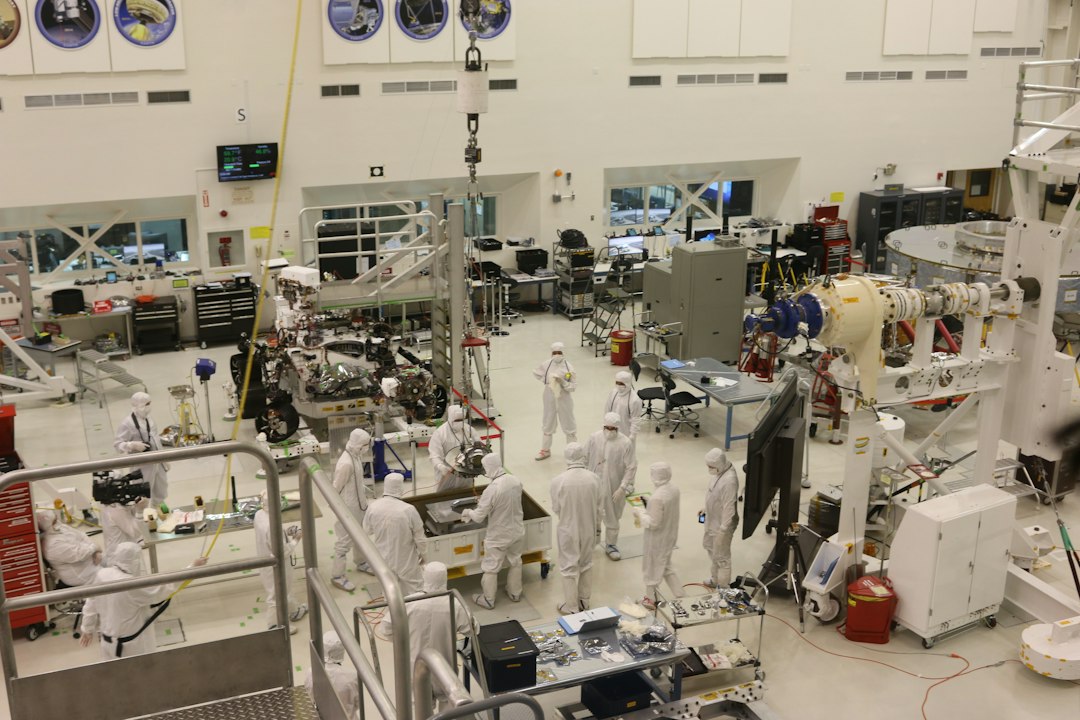Creating a Culture of Continuous Improvement in Manufacturing
In today’s rapidly evolving manufacturing landscape, staying competitive and relevant requires more than just adopting advanced technologies and efficient processes. It calls for the development of a culture of continuous improvement, where every employee is actively engaged in identifying areas of improvement and implementing innovative solutions. In this blog post, we will explore the importance of such a culture and provide practical tips on how to create and sustain it in your manufacturing organization.
Continuous improvement, also known as kaizen in the Japanese management philosophy, entails constantly striving to enhance processes, products, and services in pursuit of greater efficiency, quality, and customer satisfaction. It is a mindset that encourages employees to question existing practices, seek better alternatives, and take ownership of their respective roles in driving positive change.
Why is a culture of continuous improvement vital in manufacturing?
Enhances efficiency and productivity:
By regularly evaluating and refining processes, organizations can identify bottlenecks and inefficiencies that hinder productivity. Fostering a culture of continuous improvement empowers employees to contribute their insights and ideas to streamline operations, eliminate waste, and optimize resources. This results in enhanced productivity, reduced costs, and shorter lead times, ultimately boosting profitability.
Improves product quality:
Constantly seeking better ways of doing things also translates into improved product quality. By encouraging employees to maintain a keen eye for detail and continuously strive for perfection, organizations can minimize defects, reduce customer complaints, and enhance overall product reliability. This leads to greater customer satisfaction and loyalty, as well as increased market share.
Fosters innovation and adaptability:
A culture of continuous improvement encourages employees to think outside the box and explore innovative solutions to persistent challenges. By empowering them to experiment and take calculated risks, organizations open the door to breakthroughs and fresh ideas that can drive significant improvements in manufacturing processes and products. This adaptive mindset is particularly crucial in today’s fast-paced technological landscape, where companies must stay agile to survive and thrive.
Boosts employee engagement and satisfaction:
Engaged employees are more likely to be proactive, motivated, and invested in their work. A culture of continuous improvement gives employees a sense of purpose and impact, as their ideas and contributions are actively sought and valued. When employees see their suggestions implemented and witness the positive consequences of their efforts, it fosters a feeling of accomplishment and pride. This, in turn, leads to higher job satisfaction, stronger employee loyalty, and reduced turnover rates.
Practical tips for creating and sustaining a culture of continuous improvement:
1. Establish clear goals and expectations:
Clearly communicate your organization’s commitment to continuous improvement and define specific goals and expectations regarding employee involvement. This creates a shared understanding and sets the stage for a culture that embraces change and innovation.
2. Provide training and resources:
Invest in training programs that equip employees with the necessary skills and knowledge to identify improvement opportunities and implement changes effectively. Provide access to relevant resources, such as industry best practices and technological advancements, that can inspire and guide their improvement efforts.
3. Empower employees and foster collaboration:
Create an environment where employees feel empowered to question existing practices, suggest ideas, and propose solutions. Encourage cross-functional collaboration and communication, as diverse perspectives can lead to breakthrough insights. Recognize and reward individuals and teams for their contributions to continuous improvement.
4. Implement effective feedback systems:
Establish mechanisms for employees to provide feedback, report issues, and offer suggestions for improvement. Regularly review and act upon this feedback, demonstrating that their input is valued and listened to. This promotes a culture of open communication and continuous learning.
5. Lead by example:
Leaders must embrace and promote a culture of continuous improvement themselves. Walk the talk by actively participating in improvement initiatives, regularly seeking feedback, and visibly demonstrating the value of change. This inspires employees and reinforces the importance of continuous improvement throughout the organization.
In conclusion, creating a culture of continuous improvement in manufacturing is crucial for organizations to remain competitive, adaptive, and successful in today’s dynamic business environment. By focusing on efficiency, quality, innovation, and employee engagement, companies can drive significant improvements in their manufacturing processes and products. By following the practical tips outlined in this blog post, you can lay the foundation for a culture that celebrates and embraces positive change, leading to long-term success.

